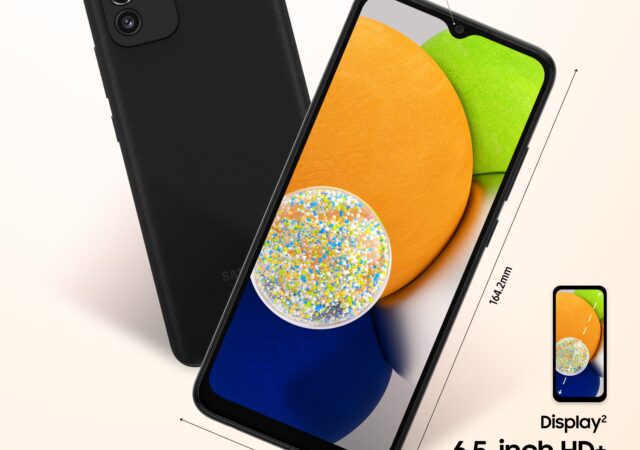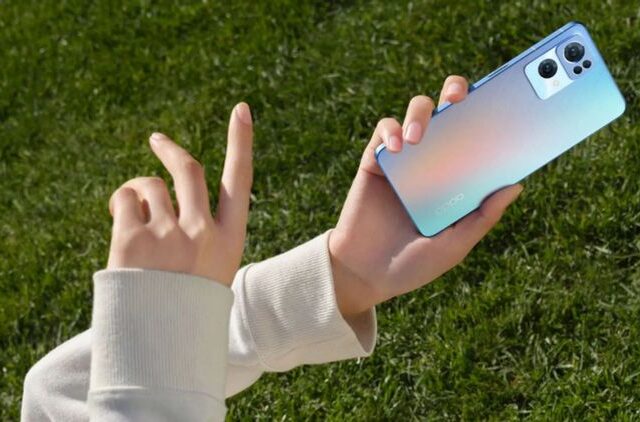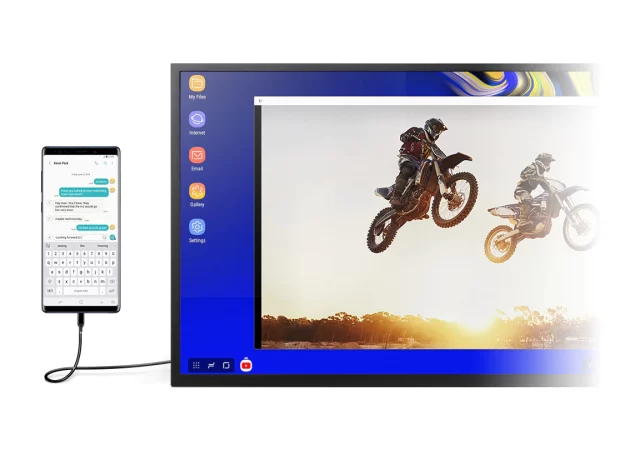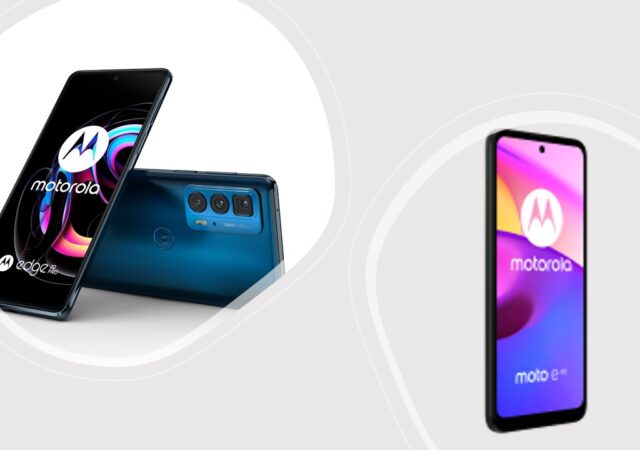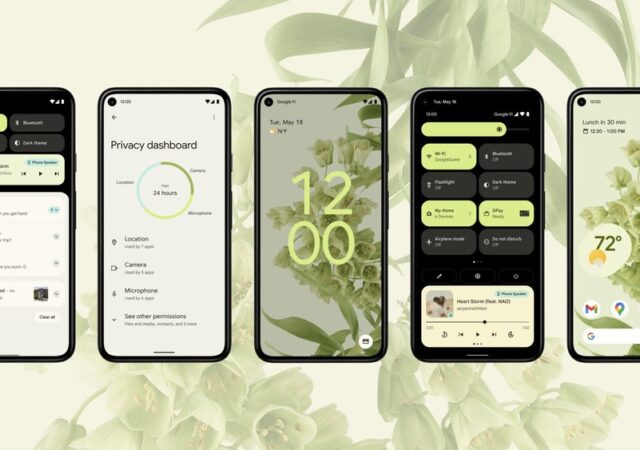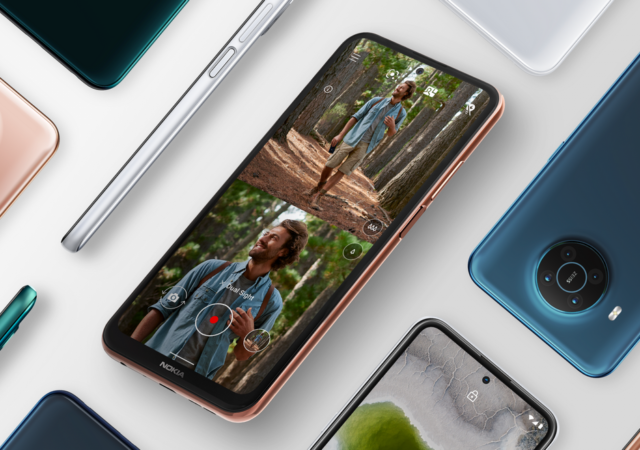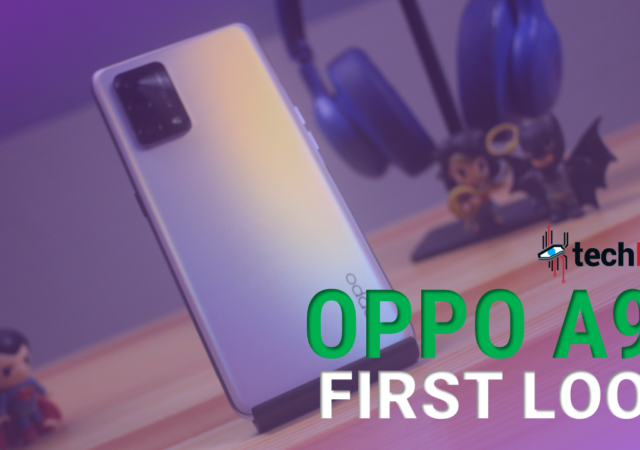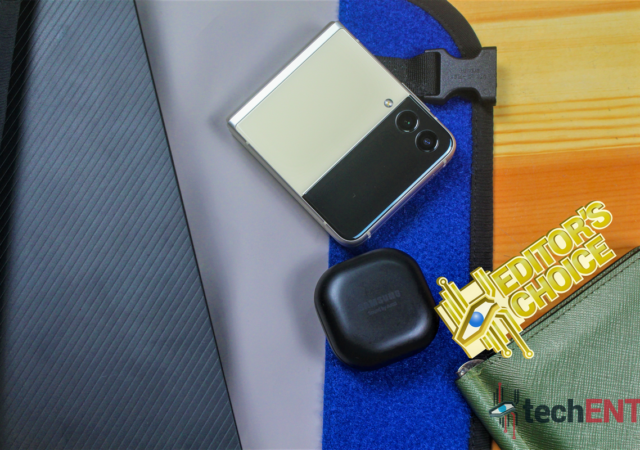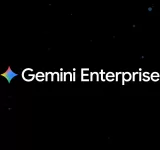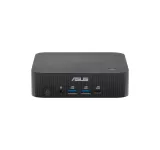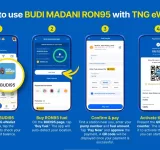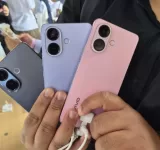OPPO and Shiseido partner to bring the perfect combo with comestics and the camera to capture your best self in a unique collaboration for the OPPO Reno6 Z 5G.
Samsung Silently Reveals the Galaxy A03 & the Galaxy A03 Core
Samsung’s A series just got a little broader with the company silently announcing two new entries. The new entries seem to be meant for the entry-level segment. The addition of the new Galaxy A03 and Galaxy A03 core seems to…
OPPO’s Reno7 Series Officially Unveiled in China
OPPO’s Reno series gets a whole new line up with the OPPO Reno7 series which reimagines the notification light and focuses on photography.
Samsung’s DeX Bids Windows 7 & MacOS Good Bye
Samsung’s DeX is losing support for Windows 7 and MacOS come January 2022. Here’s what you need to know!
Motorola Returns to Malaysia with the Motorola Edge 20 Pro & Motorola e40
Motorola makes a return to Malaysia with the Motorola Edge 20 Pro and Motorola e40 – two devices that cover the gamut of demands.
Samsung is Back in Fast Charging Game
Samsung plans to release a 65W charger alongside a 45W charger. Does this mean Samsung is going to release faster charging devices?
Android 12 Based One UI 4.0 is Coming to Samsung Galaxy S21 Devices Near You
Samsung is starting to roll out their Android 12 based One UI 4.0 on the Samsung Galaxy S21 devices with more to follow in the coming months.
Nokia X20 – Focusing On What Matters for the Best Smartphone Experience
HMD Global is redefining what they bring in a flagship with their new Nokia X20. The smartphone throws out convention and focuses on software and support.
OPPO A95 First Look & Hands-On
OPPO is about to release their new midrange hero the OPPO A95! We got a first look at the new smartphone with the Snapdragon 662!
Samsung Galaxy Z Flip3 In-Depth Review: They’re On to Something!
Samsung’s new Galaxy Z Flip3 is bound to turn heads with its eye catching design. We’re putting it throught the TechENT Review to see how it does overall.




